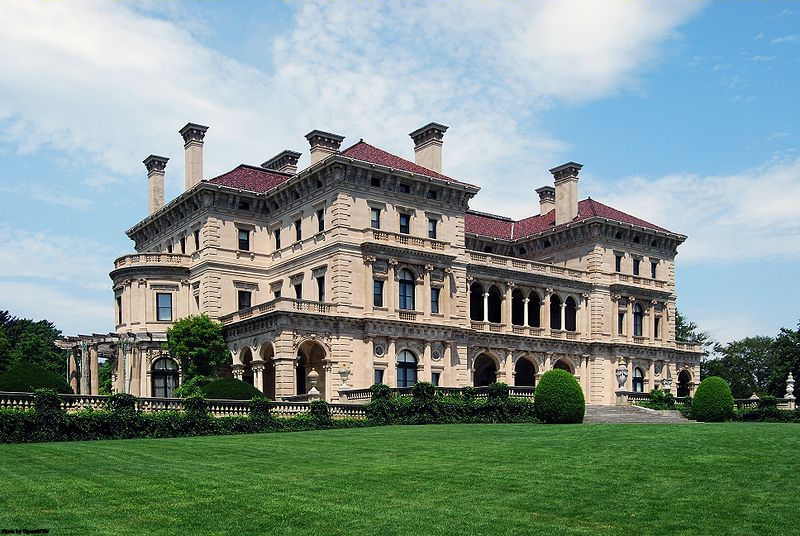
The Breakers in Newport, Rhode Island, built in 1893, was the summer home of Cornelius Vanderbilt II.
Social hierarchy in the United States is comprised of many factors, some well defined, others imponderable and inexpressible.
The term status is often used to designate this combination. As described by Joseph Fichter, “social status is the position, or rank, which the person’s contemporaries objectively accord to him within his society.”1
Thus, everyone has a status, that is, a place in society, which stems from the perceptions of others within society. Nonetheless, the expression is used more frequently to refer especially to high social status, that is, to situations proper to the upper classes. Richard Coleman and Lee Rainwater describe the elements that delineate social status in the following terms:

Cornelius Vanderbilt, patriarch of the Vanderbilt family and one of the richest Americans in history. He provided the initial gift to found Vanderbilt University, which is named in his honor. After spending the first 70 years of his life building a successful ferry business, he controlled and expanded the New York Central Railroad into an empire and ordered construction of the first Grand Central Terminal.
“When Americans describe how they rank people they know and where they place themselves socially, they talk not just of income, or of income plus education plus occupation. They bring many more things to bear—most prominently moral standards, family history, community participation, social skills, speech, and physical appearance—few of which are measurable or ever have been measured in quantitative studies of social factors. These we will call the finer points in social standing.”2
Among the sources of social status in the United States, sociologists include wealth, lineage, education, club and association membership, occupation, and authority.
Plinio Corrêa de Oliveira, Nobility and Analogous Traditional Elites in the Allocutions of Pius XII: A Theme Illuminating American Social History (York, Penn.: The American Society for the Defense of Tradition, Family, and Property, 1993), Appendix I, p. 164.
1 Joseph Fichter, Sociology (Chicago: University of Chicago Press, 1957), p. 41.










